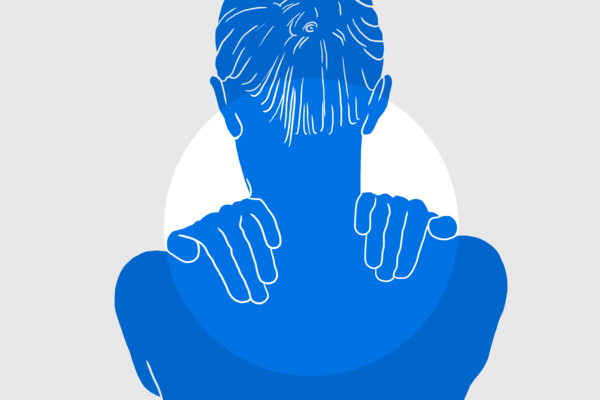Knowledge
7 Facts about back pain

1. Constant back pain can be frightening, but is rarely dangerous
Persistent back pain is usually very stressful and limiting for the affected patients. Ordinary activities in everyday life are only possible with a great deal of pain. For many affected patients, this also triggers insecurity and fear. This is why it is important to know that back pain is rarely dangerous.
2. Back pain (almost) always has different underlying causes
The back is a complex structure composed of various components. All of these anatomical components can be partially responsible for back pain:
- Muscular tension
- Irritation or arthrosis in the intervertebral joints (facet joint syndrome)
- Intervertebral disc pain
- Herniated disc / disc hernia with nerve root irritation
- Narrow spinal canal with irritation of the spinal cord or nerve roots
- Rheumatological diseases
A good medical assessment helps to classify the causes of the plaguing back pain and to draw up an individually adapted treatment plan.
3. MRI, CT and X-ray do not always help
MRI and X-ray examinations are important in rare cases and helpful for diagnosis and therapy planning. However, in most cases an imaging examination is only of limited help. Very often, an MRI shows bulging intervertebral discs, signs of arthrosis or other changes. These findings also occur in people who are completely symptom-free and thus, in the case of a painful back pain patient, usually do not provide a clear statement about the causes of their pain problem.
4. Targeted test injections have an important value
Targeted test injections are of great importance in back diagnostics. Under ultrasound or X-ray control, targeted injections with local anaesthetics can be carried out. If, for example, such a test injection is made in the area of a questionably painful intervertebral joint, it can be checked whether or not the pain temporarily subsides after the injection. If the complained pain subsides, it can be assumed that the complained pain originates from the structure in question. With this information, a targeted therapeutic approach can be developed.
5. Everyday exercise and load help to relieve back pain
Contrary to the widespread belief that a pain-ridden back needs rest and relaxation, targeted exercise and stress is helpful and recommended in the vast majority of cases. It is important to ensure that sporting activities, but also correct lifting of loads for example, are initiated carefully and practiced regularly.
6. Medication usually does little good
For a few days, the use of non-steroidal painkillers such as ibuprofen, diclofenac or mefenamic acid can help to improve the pain situation. However, in the longer term, for chronic back pain, medications are usually of little help. Strong painkillers like opioids are also rarely effective for treating chronic back pain. Furthermore, the use of opioids is associated with risks and side effects.
7. An interdisciplinary treatment approach is recommended
The treatment of chronic back pain is often challenging. A systematic assessment is crucial in order to plan a good therapy. Often it makes sense to combine different measures or to coordinate them with one another. This usually requires the involvement of various specialists.




















